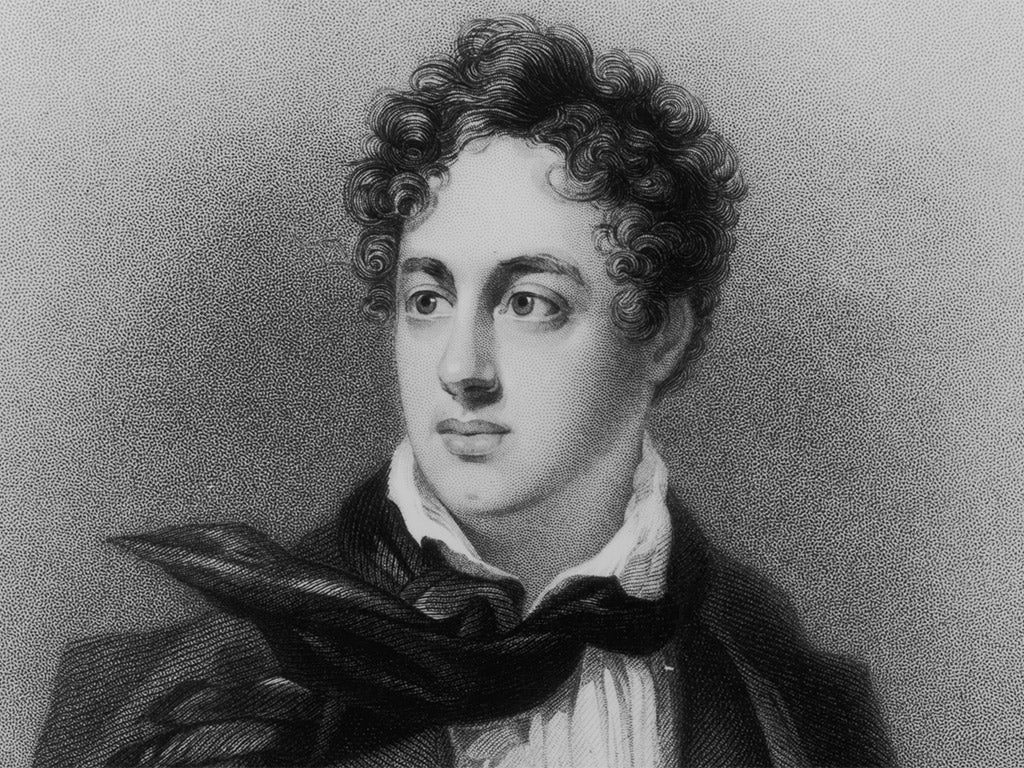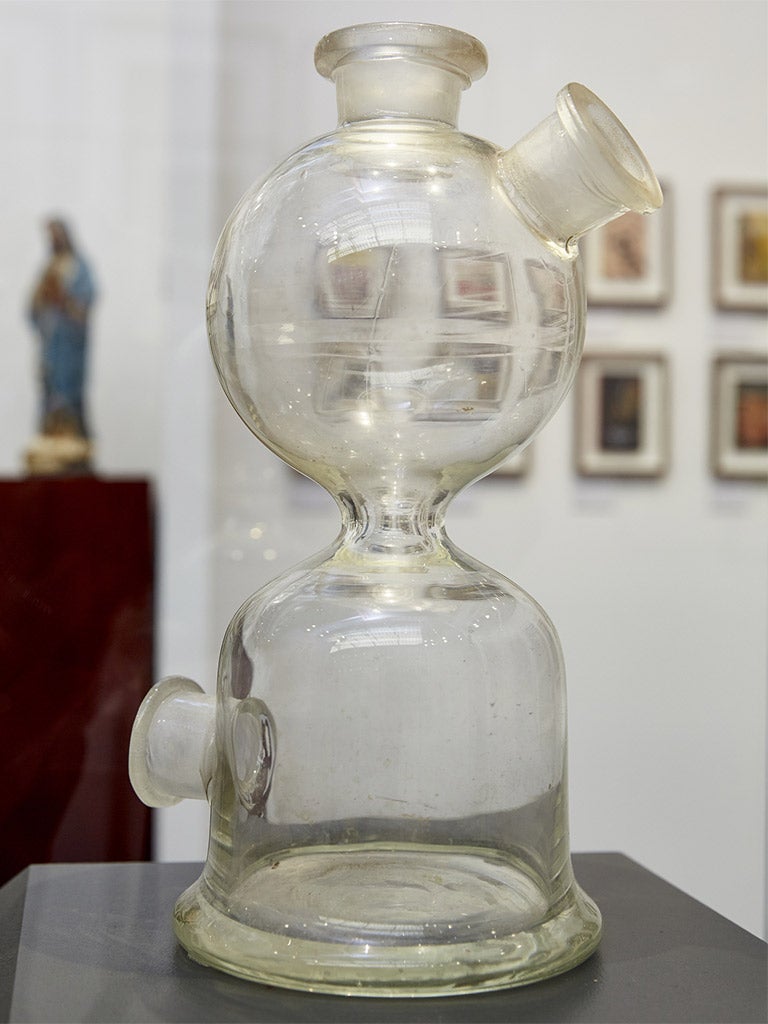London Art Fair organisers seemingly duped by 'Lord Byron's opium pipe' on sale for more than £1m
'We never declare what is truth and what is fiction and what does it matter anyway?'

Your support helps us to tell the story
From reproductive rights to climate change to Big Tech, The Independent is on the ground when the story is developing. Whether it's investigating the financials of Elon Musk's pro-Trump PAC or producing our latest documentary, 'The A Word', which shines a light on the American women fighting for reproductive rights, we know how important it is to parse out the facts from the messaging.
At such a critical moment in US history, we need reporters on the ground. Your donation allows us to keep sending journalists to speak to both sides of the story.
The Independent is trusted by Americans across the entire political spectrum. And unlike many other quality news outlets, we choose not to lock Americans out of our reporting and analysis with paywalls. We believe quality journalism should be available to everyone, paid for by those who can afford it.
Your support makes all the difference.The organisers of the London Art Fair could not believe their luck when they heard an extraordinary literary artefact was due for display: a glass “bong” Lord Byron used to smoke opium during his university days.
If the item – listed as already sold for £1.1m – seemed too good to be true, it almost certainly was. Those running the fair – at which private galleries display works for sale – have seemingly been duped by fictional art duo the Connor Brothers. The Brothers are characters created by London art dealers Mike Snelle and James Golding and are known for their large canvasses making fun of Mills & Boon book covers. “Byron’s Bong” seems to be their latest installation.
It went on display in a glass case in the stall run by Golding’s gallery Pertwee, Anderson and Gold with a lengthy backstory displayed next to it. It is a backstory that appears to have been carefully put together, but bears little resemblance to reality, according to experts.
While Golding would not confirm whether the bong, supposedly dating to 1807, was a hoax, he said: “We never declare what is truth and what is fiction and what does it matter anyway? The nature of our work is about truth and fiction.” He did add: “It’s not fully authenticated.”
Carl Thompson, Byron expert and reader in English Literature at Nottingham Trent University, said it was unlikely to be genuine.

“It is an amusing story. You can see why they did it and it would seem to have some validity,” he said. “It speaks to a popular culture idea of the romantic artist and Byron.”
While Byron “wasn’t short of vices”, there is little evidence he took opium, the academic said. “This seems to have come across from Samuel Taylor Coleridge and Thomas De Quincey, who are more famous for their opium use. It looks like a pop culture Byron fusing other poets from the time with a gothic S&M character.”
In 1967, according to the backstory, during routine cleaning at Trinity College, Cambridge, items were found underneath a floorboard. These comprised of letters from John Edleston to Lord Byron confirming a love affair during their time at the university. Those letters from Edleston, it said, were held in the Cambridge University Library. While Byron did have a relationship with Edleston, a senior member of the library’s manuscripts department said there was no sign of any such letters in its indexes. Other items discovered almost 50 years ago, the backstory continued, included a set of shackles, a bullwhip, several quills and a glass smoking apparatus. The bong “in almost perfect condition” according to the description – one expert said it was in far too good a condition – was sold by Trinity and recently appeared back on the market. A sign at the fair reports the bong has already been sold for £1.1m to an unknown bidder.
Dr Thompson, who was unable to find a reference to the 1967 discovery, said: “The shackles, bullwhip and bong sound like nonsense. It is a romance poet read through 50 Shades of Grey. I’m not sure if they even smoked opium in that period. Many took it as a tincture.”
Snelle and Golding, who have been described as “likeable rascals”, have talked of being inspired by the “Wunderkammer,” or cabinets of curiosities, and have previously collected and displayed eclectic items as part of their Museum of Curiosity shows in London.
The organisers did see the funny side. "Playful works will always have a place in the art world, and this was no exception," Sarah Monk, London Art Fair director, said.
Join our commenting forum
Join thought-provoking conversations, follow other Independent readers and see their replies
Comments